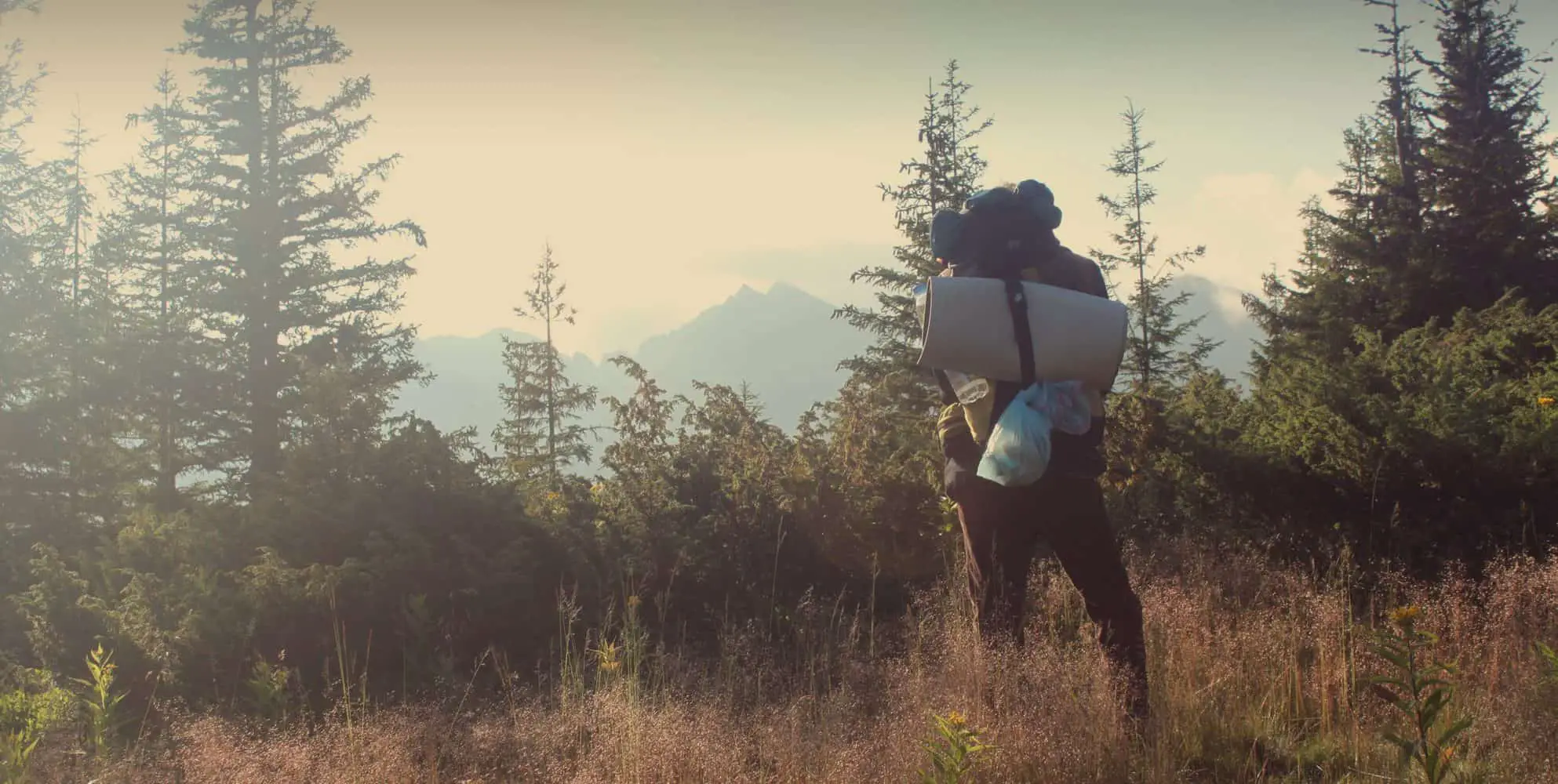There’s no question about it—on backpacking trips, you need a high-quality sleeping bag. But what about its lesser-sung partner, the sleeping pad?
After all, every decent night’s sleep begins with a solid foundation, and that’s just what these pads are here to provide. Let’s take a look at some of the most popular ones.
How To Find The Best Sleeping Bag Pads For Backpacking
Since there’s obviously a huge difference between backpacking and car camping, it’s important to choose your sleeping pad accordingly. Whether you’re shopping on a budget or have plenty of cash to invest, there’s bound to be a product out there that suits your needs. Here are a few qualities that you’ll want to look for while making your selection.
Price
Before you start shopping, consider your budget. Sleeping pads range in price from about $20 on the low end to $200 for a top-tier product. While there are plenty of affordable options on the market, you don’t want to sacrifice quality in order to save a few pennies. Invest in the highest-quality sleeping pad that you can afford.
Thickness
When it comes to backpacking, thicker isn’t always better. Your sleeping pad should provide just enough cushioning to allow for a comfortable night’s rest. If it’s too thick, it will be cumbersome and difficult to carry.
Be aware that side sleepers might require a bit more padding than back or stomach sleepers. For these individuals, a thickness of 2.5 inches should be sufficient.
Weight
The ideal sleeping pad for backpacking should weigh no more than a pound. Inflatable pads are usually lighter than foam models, but they might not be as durable. If the pad is advertised as being “self-inflating,” it has a foam core and will weigh more than a traditional inflatable pad. In case you’re wondering what an inflatable sleeping pad looks like, here’s a YouTube demonstration on how to pack one down.
Dimensions
Again, you’re trying to conserve space, so look for a pad that packs down to a portable size. If the packed dimensions of the pad are advertised as being greater than 6×12 inches, it’s not the best choice for your backpacking expeditions. Ideally, it should measure about 4×6 inches when it’s packed down.
Construction
You have several options regarding the style of your sleeping pad. Closed-cell foam is a popular, durable, and affordable choice. These pads can take a great deal of punishment from the elements, and can even pull double duty as “sit-upons” when you’ve set up camp. On the downside, however, they can be somewhat bulky and awkward to carry.
Self-inflating pads, as mentioned above, have a foam core and offer durability as well as comfort and stability. They’re easier to pack than foam models, and can take more punishment than traditional air pads.
Air pads might be the best choice for backpacking, since they pack down to the smallest size before inflating. The only drawbacks? They’re prone to leaks and tears, and some can be slightly noisy, especially if you’re a restless sleeper. Keep these caveats in mind before you make your choice.
R-Value
“R-value” refers to the amount of insulation that the pad provides. An R-value of zero offers no insulation, while a rating of 9 is suitable for use in the dead of winter. Most sleeping pads for backpacking will fall somewhere in the middle of the scale. As a rule of thumb, pads with higher R-values tend to be slightly thicker and heavier than their lower-rated counterparts.
Best Sleeping Bag Pads For Backpacking: Product Review Guide
1. Sleepingo Camping Sleeping Pad
At two inches thick, this inflatable pad is comfortable yet portable. It weighs just 14.5 ounces, making it one of the lightest options listed here. The storage pouch is made of a sleek fabric that makes it easy to pack. This model is made of waterproof rip-stop nylon and comes with a lifetime warranty.
2. Sea To Summit Comfort Plus Insulated Sleeping Mat
The divided air chambers in this unit ensure that the pad will remain functional even if one of the layers suffers a puncture. Since it weighs almost two pounds, it should be considered only for shorter trips. An Airstream Pumpsack and repair patches are included in the purchase price.
3. Therm-A-Rest Z Lite Sol Ultralight Foam Backpacking Mattress
The small version of this offering from Therm-a-Rest weighs in at a feather-light ten ounces, while the regular tops out at just 14 ounces. The R-value is 2.6, which is on the low side for a foam mattress. On the other hand, the material is quite thin and easy to carry.
4. Klymit Static V Sleeping Pad
Klymit offers a durable inflatable sleeping pad at a decent price. The design is both attractive and user-friendly. It doesn’t insulate very well, though, so choose this one only if your backpacking trips are restricted to the summer months.
5. Furthertry Self-Inflating Sleeping Pad
No pump is required for the Furthertry—it can be inflated in fewer than 15 breaths, helping to lighten your overall load. The fabric is fully waterproof, soft to the touch and doesn’t squeak or rustle when you shift positions.
Furthertry offers free replacements or full refunds to any customer who isn’t satisfied with this product.
The Verdict
Of all the products listed here, the Furthertry Self-Inflating Sleeping Pad impressed us the most. Though it doesn’t insulate as well as some foam pads, it’s far easier to carry and provides a pleasantly restful sleep experience. It’s also suitable for all body types, which is good news for plus-sized hikers. Best of all, it packs down to a convenient size—enough so that you’ll hardly know it’s there.
Best of luck, and happy trails!






